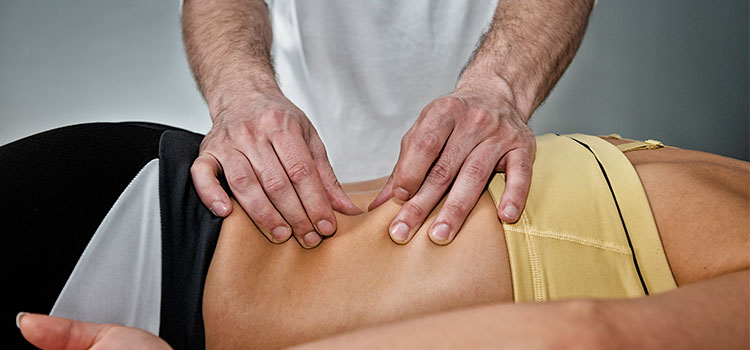Back
Myofascial Release
By Shannon Strauch, PTA, STMT-1 on 1/16/2024

Myofascial release (MFR) is a therapeutic technique that focuses on the manipulation of the fascia—a connective tissue that surrounds and supports muscles, bones, and organs throughout the body. The goal of myofascial release is to release tension and restrictions within the fascial system, promoting better movement, flexibility, and reduced pain.
Here are key points about myofascial release:
Fascia:
Fascia is a three-dimensional web of connective tissue that surrounds and interpenetrates muscles, bones, nerves, and organs. It plays a crucial role in providing support and stability to the body.Technique:
Myofascial release involves applying gentle sustained pressure, usually by hands or specialized tools, to specific areas of the body with the aim of stretching and releasing the fascia. The pressure is applied to targeted areas known as trigger points or myofascial restrictions.Benefits:
The potential benefits of myofascial release include improved flexibility, reduced muscle tension, increased blood flow, and relief from pain and discomfort associated with fascial restrictions.Conditions Treated:
Myofascial release is often used to address various musculoskeletal issues, including chronic pain, muscle tightness, headaches, and restricted movement. It is commonly employed by physical therapists, massage therapists, and other healthcare professionals.Tools:
While manual techniques involving hands are common, there are also tools designed for myofascial release, such as foam rollers, massage balls, and other specialized devices.Individualized Approach:
Myofascial release is often individualized based on a person's specific needs and conditions. A healthcare provider may assess the individual's posture, movement patterns, and areas of pain or tension to tailor the treatment.
Pelvic floor pain or dysfunction can be treated very similarly as musculoskeletal issues, however the pelvic floor is also more closely connected to the urinary system, digestive system, and reproductive system. Myofascial release techniques can be very beneficial for pelvic patients since it is a technique used to help the whole body start moving together as a whole
It's important to note that myofascial release should be performed by trained and qualified practitioners. If you are considering myofascial release as part of your healthcare plan, consult with a professional who can assess your condition and provide appropriate guidance and treatment.
Read More:
How Chronic Pelvic Congestion in Men Contributes to Prostatitis By Shannon Strauch, PTA, STMT-1 on 12/11/2024 How lymphatic issues can cause symptoms of prostatitis Prostatitis and Tight Pelvic Floor Muscles: A Comprehensive Guide By Shannon Strauch, PTA, STMT-1 on 12/10/2024 How a tight pelvic floor can be the reason for prostatitis symptoms
Are you ready to live pain free?
Request An Appointment